The release of The Last of Us Part II was a difficult period, especially for the actors involved. Laura Bailey, who played the character Abby, has recently shared more about the harassment she faced.
Some angry fans who disliked Abby sent threats that even referenced Laura’s young son, who was only 2 years old then. This toxicity came from a vocal minority online.
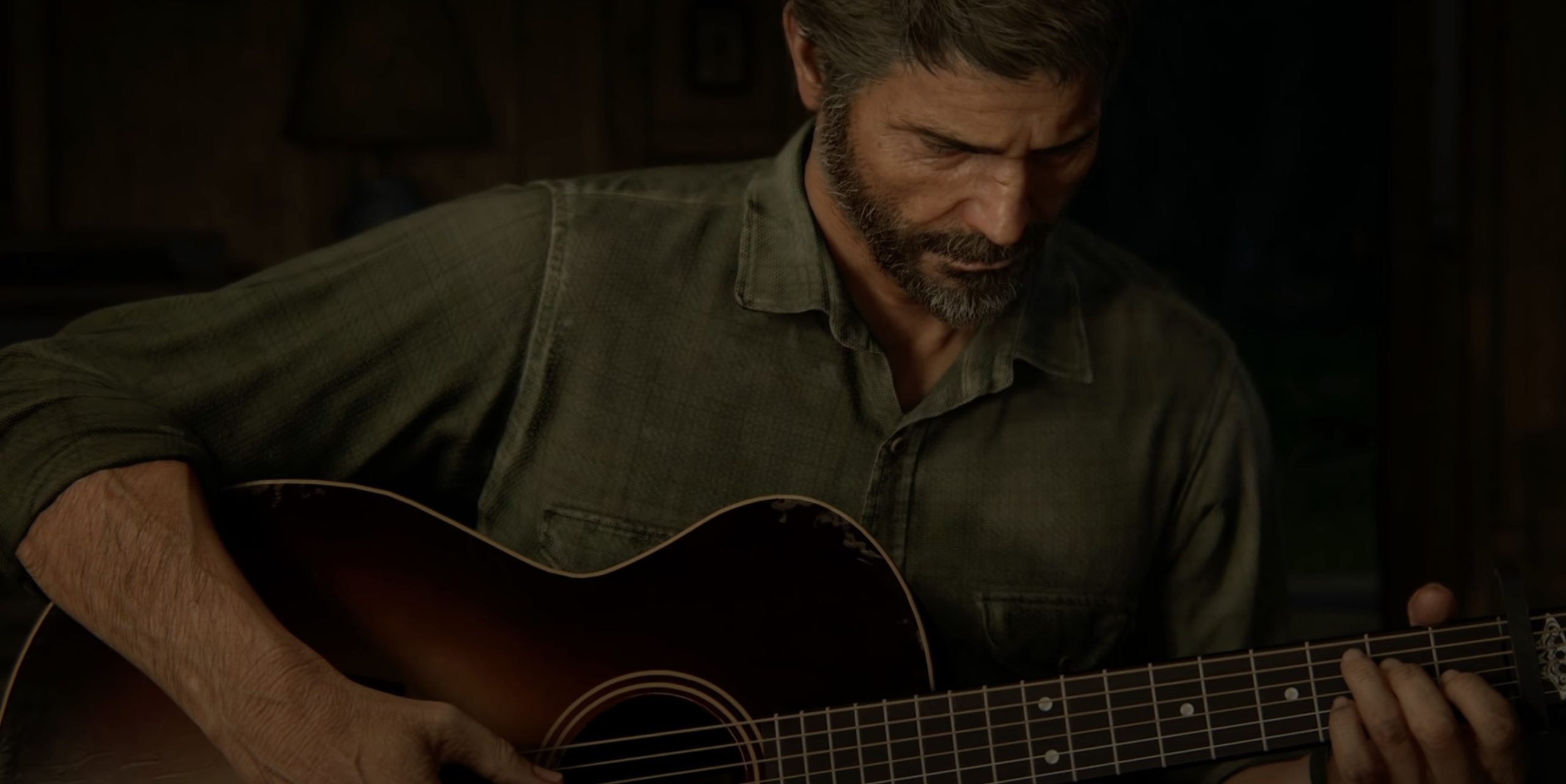
But it deeply impacted Laura and the others working hard to bring this story to life. No one should have to deal with attacks on their family over a role. Looking back, it’s a shame a powerful game sparked such an ugly backlash.
The team poured their hearts into it. In the end, stories are meant to make us think and feel, not spew hate.
The Dark Side of Fandom and the Human Cost of Online Harassment
The release of The Last of Us Part II was met with intense backlash from some fans, especially regarding Abby’s pivotal role.

Laura Bailey, the talented actor who brought Abby to life, has bravely opened up about the horrific harassment she faced online. Angry individuals went so far as to send threats referencing Bailey’s young son, who was just 2 at the time.
As a mother, Bailey was shaken to her core.
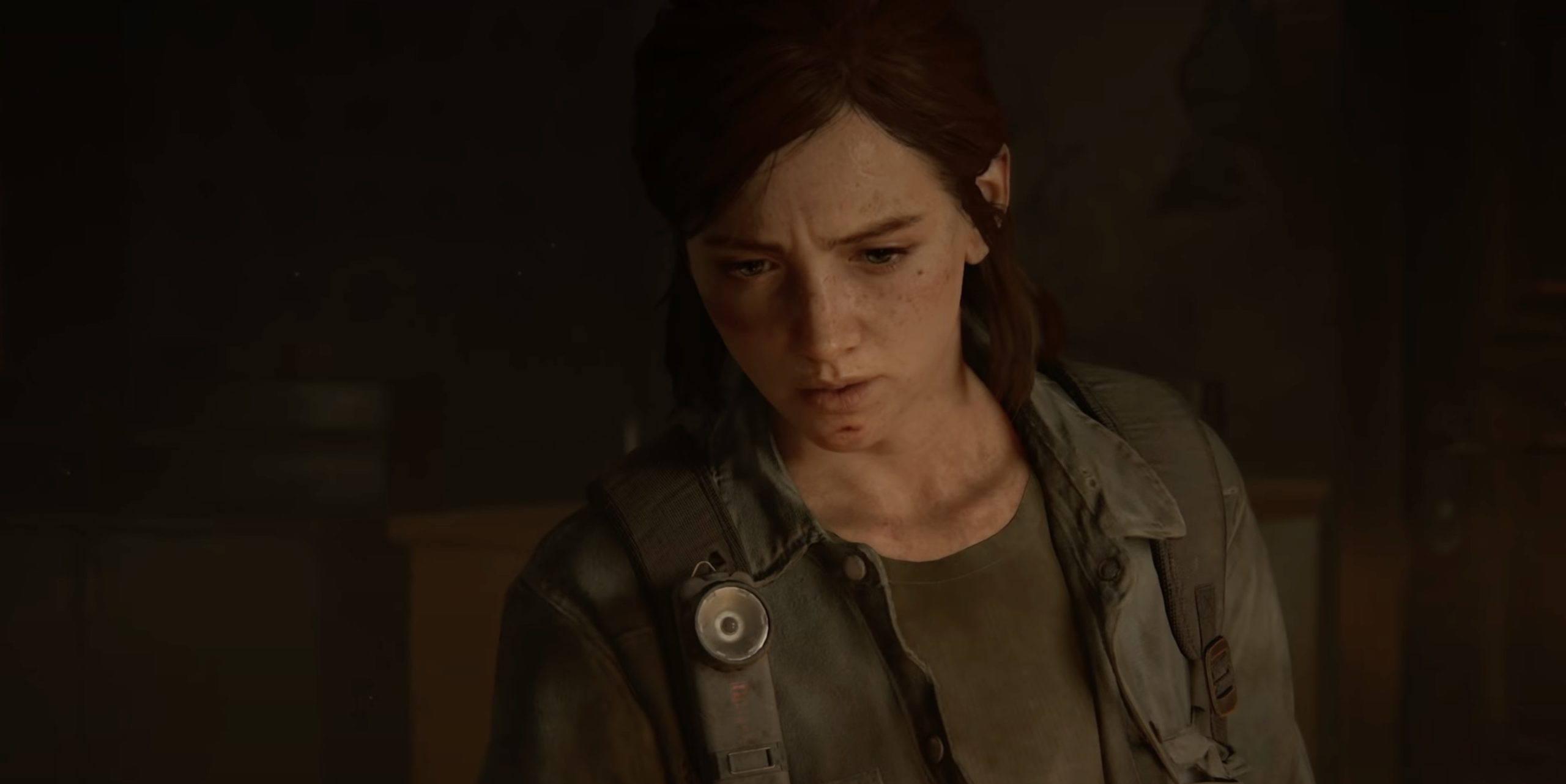
These toxic attacks stemmed from Abby’s actions against Joel, a beloved character. A vocal subset of fans felt betrayed by the story’s direction. But their hate should never have been directed at the human beings who worked hard to craft this ambitious game.
The documentary marking Part II’s release put a spotlight on how Bailey and others were targeted by online mobs.

No developer or actor should endure such abuse over artistic choices. Stories are meant to spark emotion, not fuel real-life vengeance. Bailey’s experience is an important reminder of the human costs of unchecked fandom rage.
While video games rightfully inspire passion, a line was crossed here that should give everyone pause. Bailey bravely endured undeserved vitriol to bring Abby’s story to life.
A Call for Change in Gaming Culture
Laura Bailey has previously spoken about the onslaught of harassment she faced online after starring as Abby in The Last of Us Part II. At the time in 2020, she even shared disturbing messages sent to her, including threats referencing her young son.
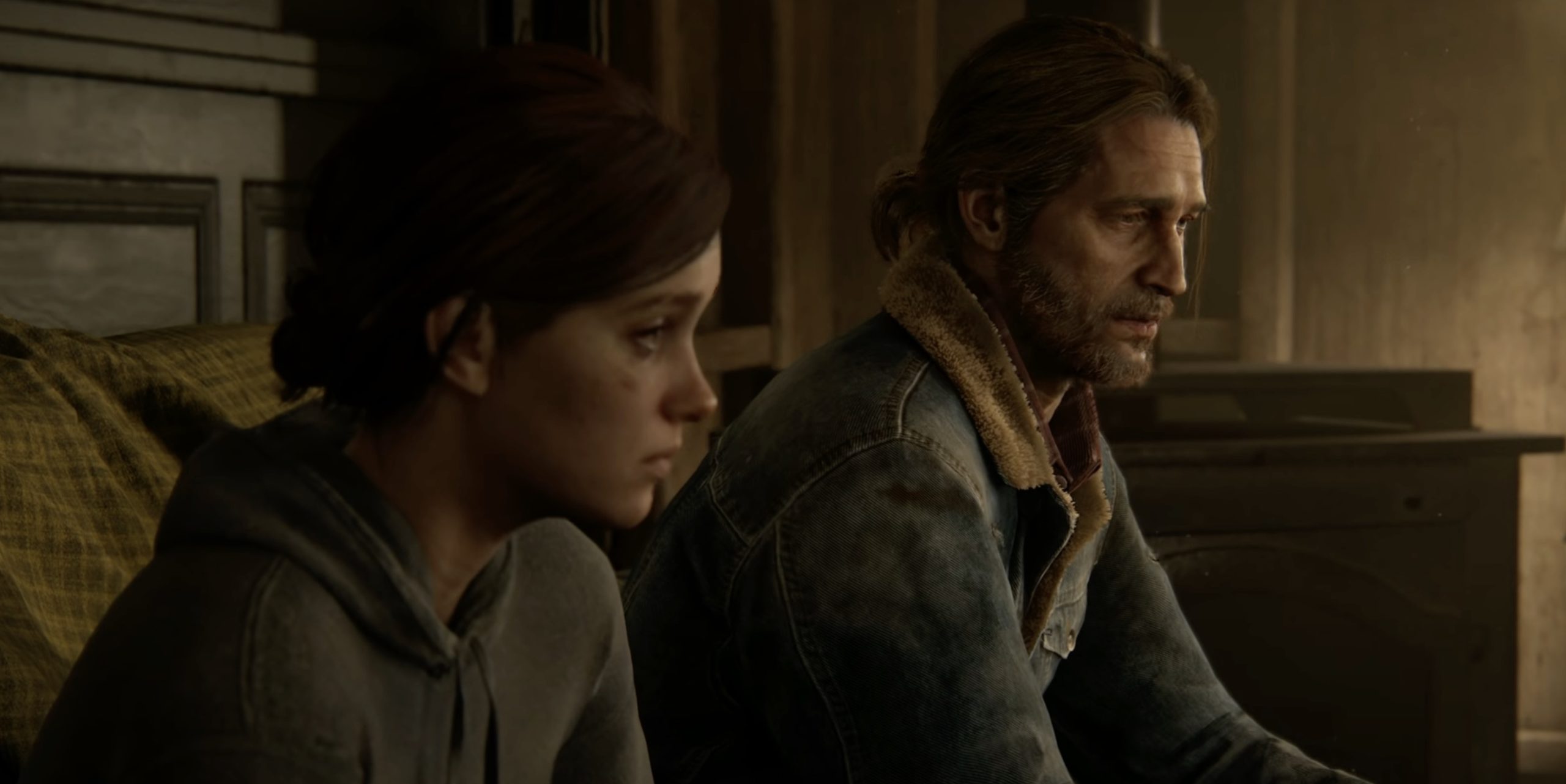
Unfortunately, women in gaming regularly deal with this toxic vitriol. Just this year, Spider-Man 2 actress Stephanie Tyler Jones faced stalking and felt unsafe due to fan backlash.
Seeing the attacks against Bailey for merely portraying a character makes one worry for Kaitlyn Dever, who will play Abby in the upcoming HBO adaptation.

Many have jokingly suggested Dever get off social media preemptively before the inevitable wave of hatred when Abby commits pivotal acts in the story. Given how Bailey was treated, that advice may be all too necessary.
No one should endure such personal attacks for their creative work. But harassment continues to be an ugly reality, especially for women exploring ambitious ideas in gaming and sci-fi spaces.
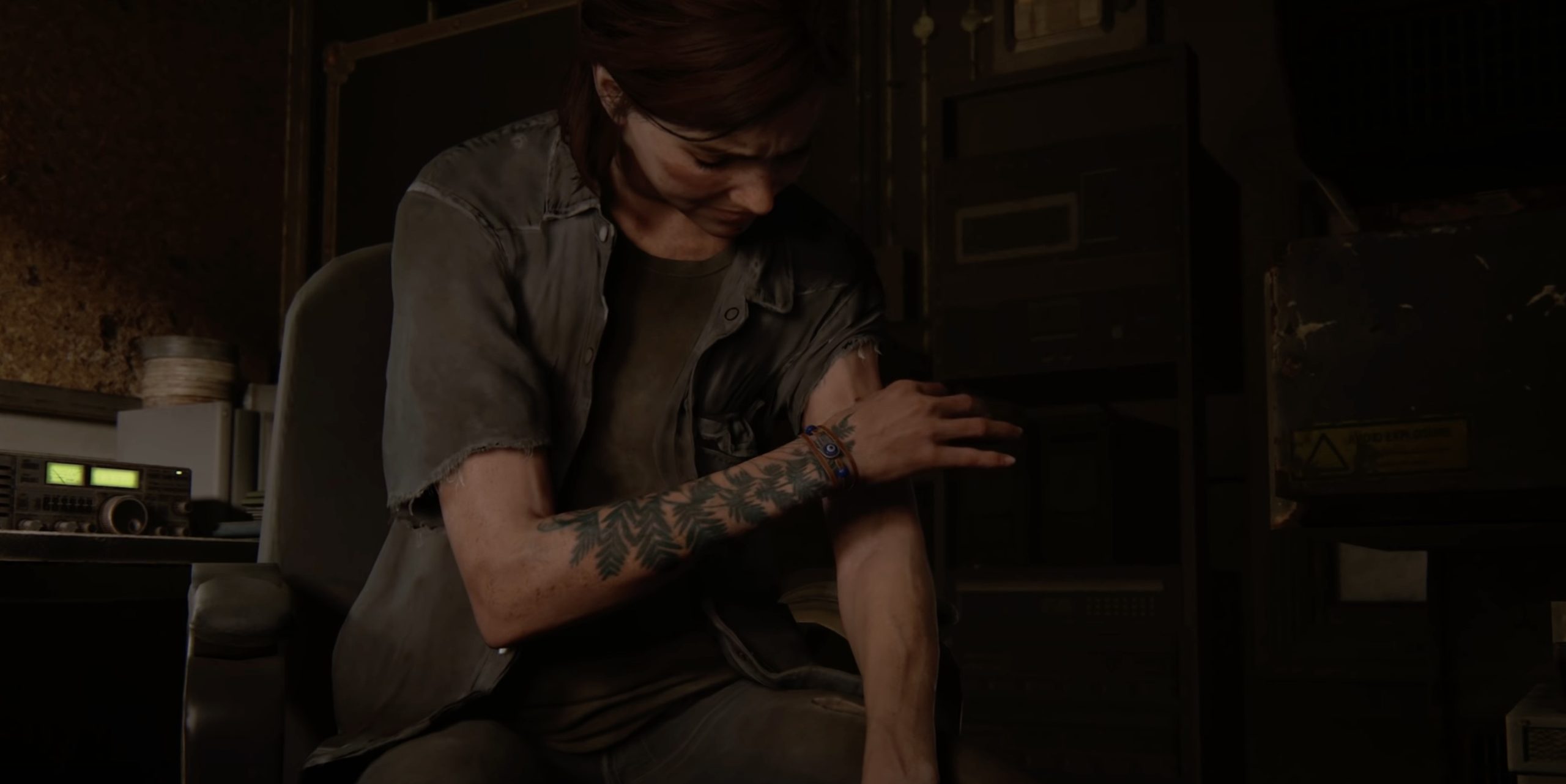
It will take a conscious effort by fans and companies alike to make progress against the relentless toxicity that drives talented people away.
More About The Last Of Us Part II
The story opens with a flashback showing Joel admitting to his brother Tommy that he stopped the Fireflies from creating a cure using Ellie. Now 4 years later, Joel and Ellie live in Wyoming but are estranged.

While on patrol, they save a woman named Abby from infected creatures. Abby turns out to be part of a militia group called the WLF – and the daughter of the Firefly doctor Joel killed.
Abby and the WLF ambush and brutally murder Joel, with a shocked Ellie witnessing it.
Abby spares Tommy and Ellie, who swears revenge.
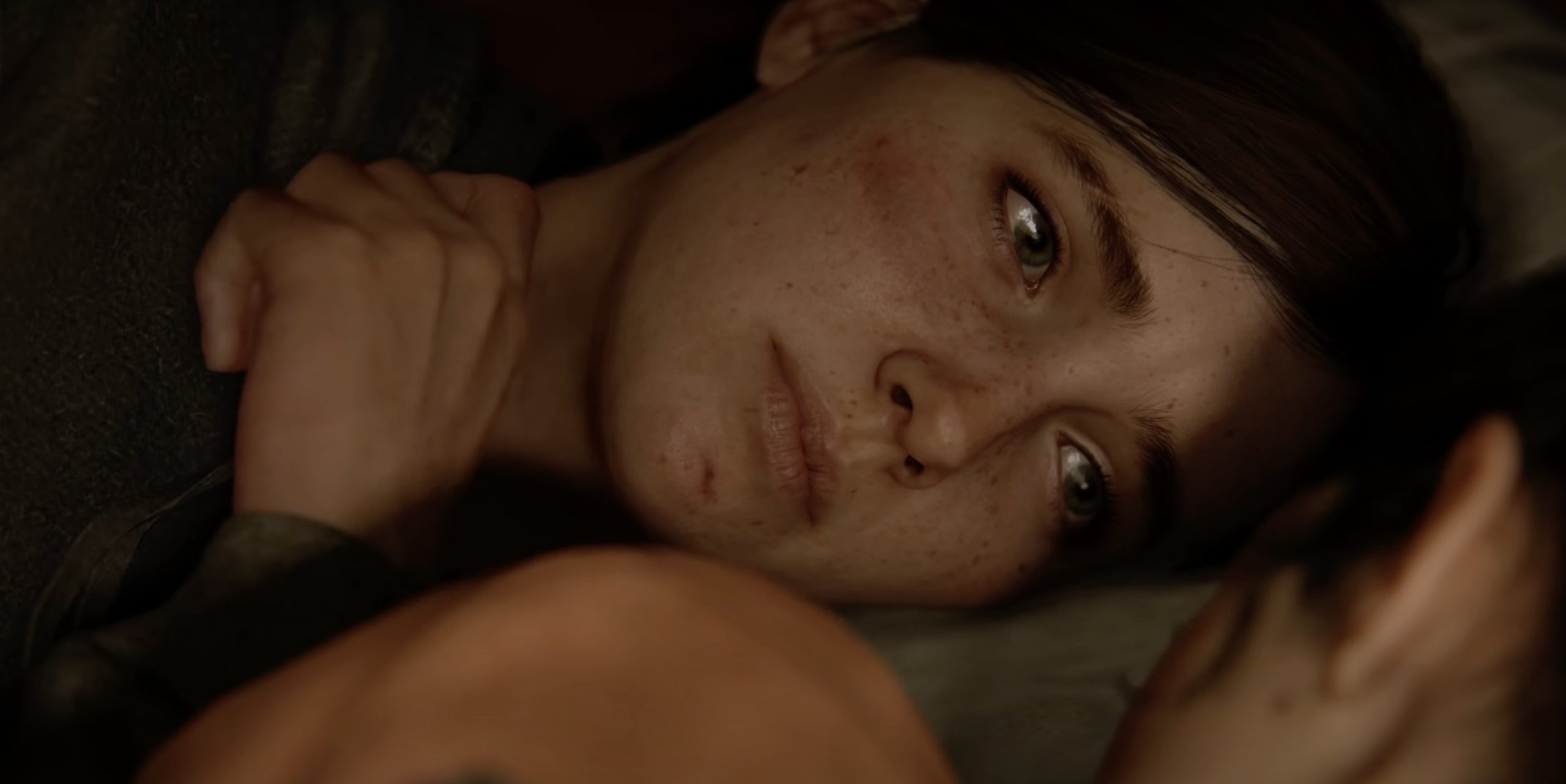
The game then follows Ellie’s obsessive quest for vengeance, taking her to Abby’s WLF base in Seattle.
We learn about Abby’s side too, showing how losing her father set her on this path. Ellie eventually confronts Abby, leading to an epic fight.
Their all-consuming hatred impacts loved ones on both sides, leaving no winners. The story highlights the cycle of violence and the futility of revenge at all costs.





